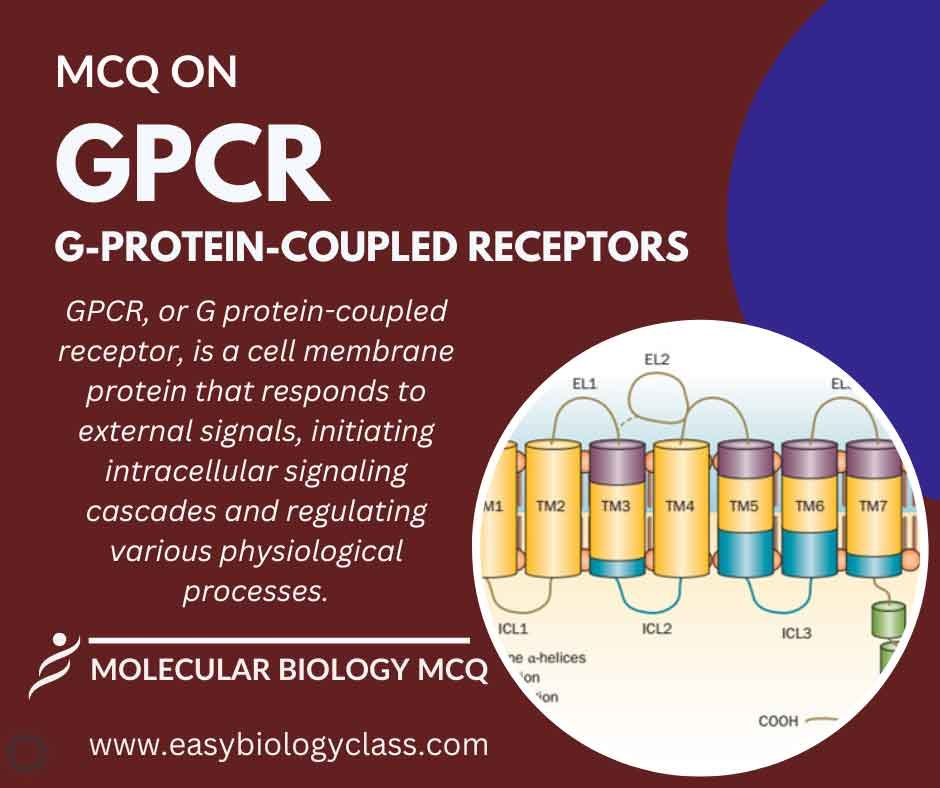Zinc finger DNA-binding domains are protein motifs that recognize and bind specific DNA sequences. Comprising zinc ions and amino acids, these structures enable targeted gene regulation. Engineered zinc fingers have applications in gene editing technologies like CRISPR, facilitating precise manipulation of genetic material. This is an MCQ on Zinc Finger […]
Continue ReadingCategory Archives: Molecular Biology MCQ
MCQ on Leucine Zipper (Structure and Functions)
A leucine zipper is a structural motif in proteins involved in DNA binding and protein-protein interactions. It consists of repeated leucine residues at regular intervals, forming an alpha helix that can dimerize with a similar helix, often seen in transcription factors regulating gene expression. This is an MCQ on Leucine […]
Continue ReadingMCQ on Helix-Turn-Helix (HTH) Domain
The helix-turn-helix (HTH) domain is a DNA-binding motif in proteins, typically found in transcription factors. It consists of two alpha helices connected by a short turn. The HTH domain facilitates specific binding to DNA sequences, regulating gene expression in various cellular processes. This is an MCQ on Helix-Turn-Helix (HTH) Domain […]
Continue ReadingMCQ on Helix-Loop-Helix (HLH) Domain
The helix-loop-helix (HLH) domain is a protein structural motif involved in DNA binding and protein dimerization. Commonly found in transcription factors, it consists of two alpha helices connected by a loop, enabling the formation of homo- or heterodimers essential for gene regulation and cellular processes. This is an MCQ on […]
Continue ReadingMCQ on G Protein-Coupled Receptors (GPCRs)
GPCR, or G protein-coupled receptor, is a cell membrane protein that detects external signals and activates intracellular responses. It plays a crucial role in cell communication, mediating processes such as neurotransmission, immune response, and hormonal regulation in various physiological functions. This is an MCQ on G Protein-Coupled Receptors (GPCRs). | […]
Continue Reading




